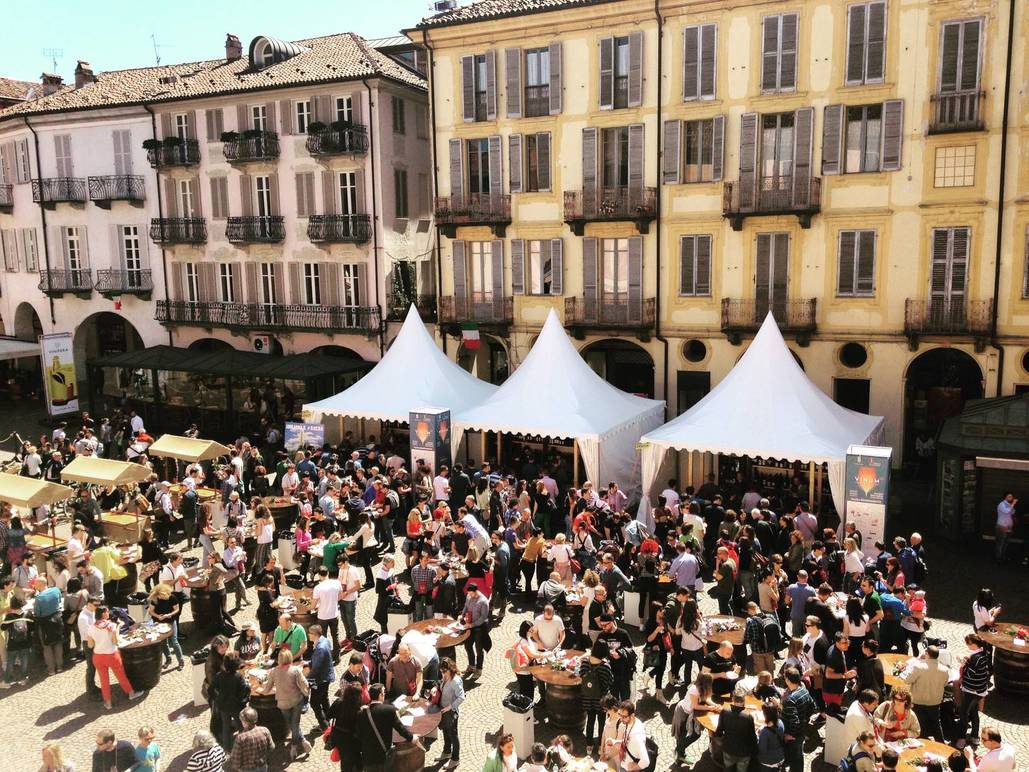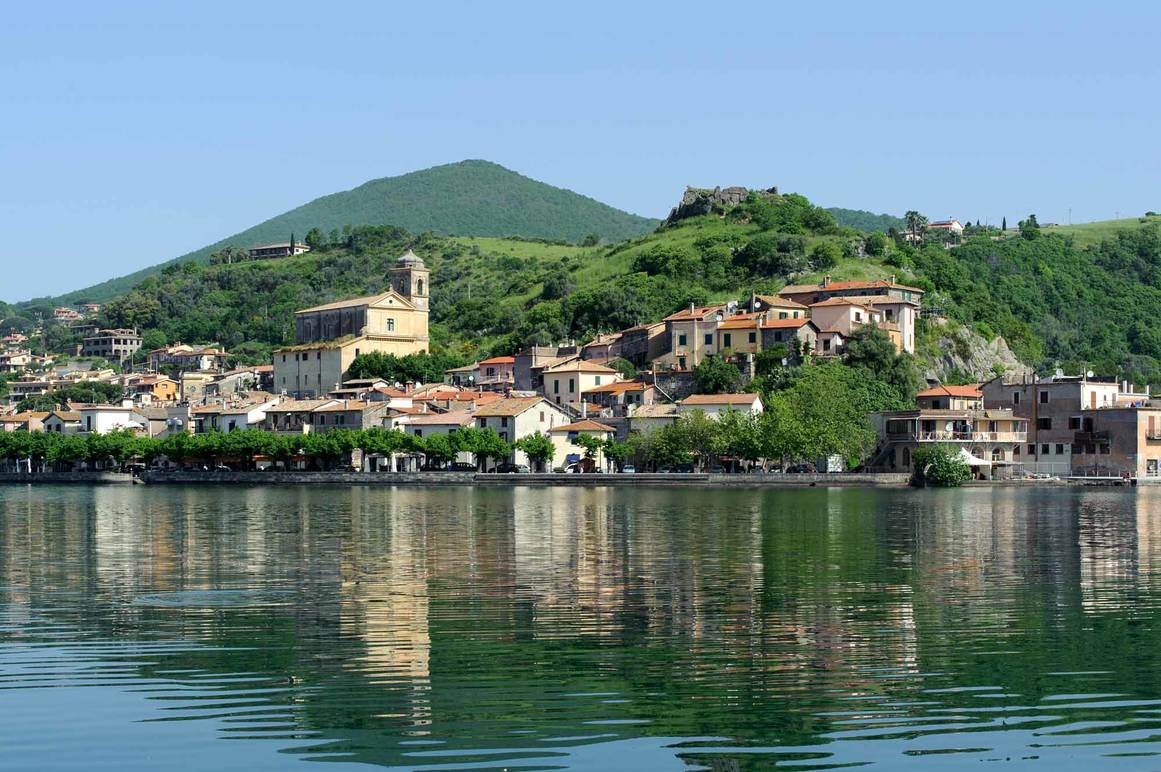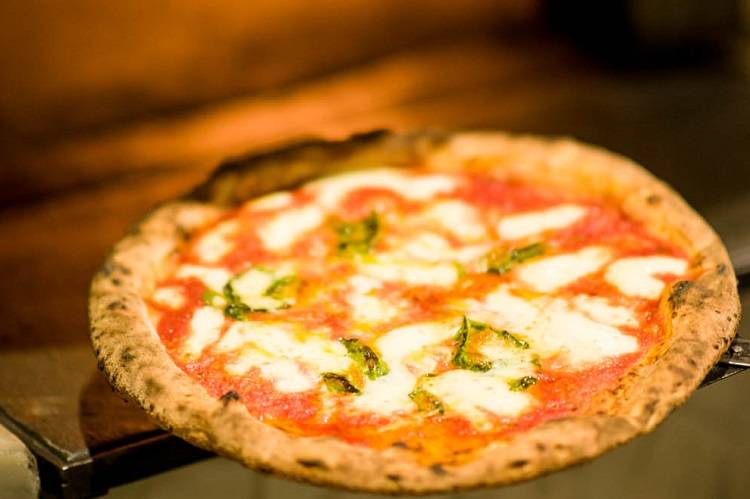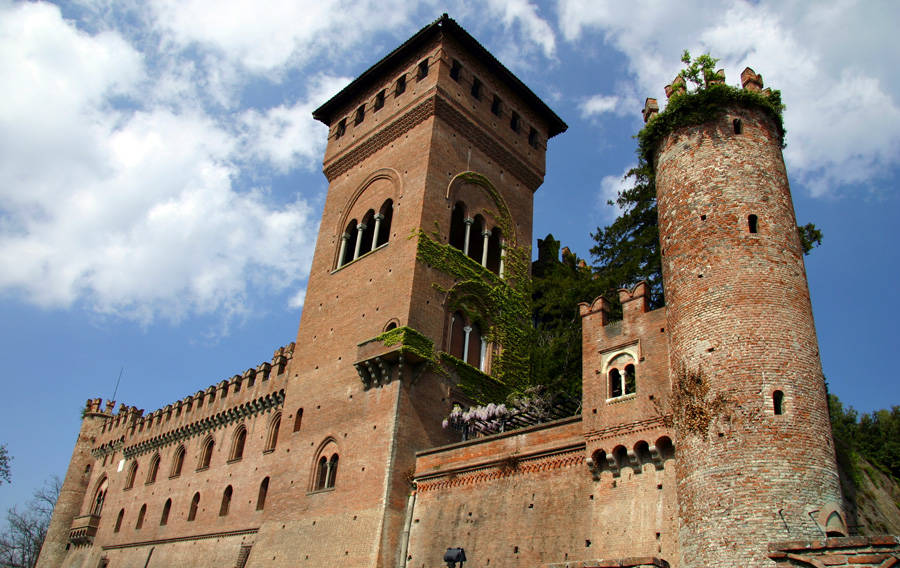Times Change, But Italy Still Kicks Up a Culinary Storm
The big news in our little village of Trevignano Romano, 25 miles north of Rome, was that Cuban-American actor Andy Garcia was filming in one of the myriad nice cafes here.
"Why in such a small town?" I asked, perhaps ingenuously. My tall Italian friend responded: "Food, I'm guessing. When Garcia ate in a restaurant here last year, he and his wife liked the food so much that she had the chef prepare a box of veggies and salad to take back home, to show their friends how real food should taste.
"I know because I waited on their table." It happens that the traditional lakefront restaurant in question has a garden where their own vegetables and salads are grown. That particular restaurant, moreover, is all hidebound tradition, and its menu has not changed in a quarter century, which is why its patrons love it.
But there is also the new in Italian cuisine. Culinary expert Maureen B. Fant, an American who lives in Rome, together with archaeologist Elizabeth Bartman conducts throughout Italy what they call "Elifant Archaeo-Culinary Tours." They are dedicated, says Fant, "to the kind of travel we like to do ourselves: visits to ancient remains punctuated by great meals and other food adventures." Archaeology wedded to cuisine: what could be more delightful?
I asked Fant what, in her travels, she is finding that is new on the Italian culinary scene. "A certain amount of blending Asian concepts with Italian tradition is one trend," she said, "like the tunnied veal bundles I was served in a miso broth, in a Michelin-starred restaurant."
More in general, she is also is noticing a "loosening of meal structures, partly due to modern life, partly to international travel by young Italians and tourists demanding food at all hours. Also, people just want to eat less, or less traditionally."
Another trend is street food, she reports, like the stall near the Testaccio market in Rome called "Strit Fud." It is not strictly speaking street food, she says -- "Rome has never had that save for squares of pizza and ice cream" -- but traditional snacks, like an omelette (frittata) with pasta.
Another newcomer is the "apericena" -- the traditional aperitif of a glass of wine or prosecco enriched with abundant snacks, sometimes from a buffet. This comes at the end of a work day, and, by comparison with a restaurant dinner, is inexpensive and fairly speedy.
Nevertheless, and despite the invasion of paninoteche that hustle sandwiches to tourists in downtown Rome, high quality food continues to thrive in Italy. This weekend, for instance, in the castles at Monferrato, in Piedmont, the 11th edition of Golosaria takes place (the name comes from goloso, which means "gluttonous," but in a friendly way).
During the two-day event, organized by the Club di Papillon, visitors will be treated to tasting menus but also to samplings of street food, accompanied by sports events and even a lecture on the arcane team sport of tamburello, actually played in a frescoed hall of the Castello di Morsasco.
Too late to arrange to be there? Then consider trotting up to Alba, of the white truffles, for the celebration of Piedmontese wines at Vinum 2017. Or wait for early autumn, which brings the festival called, simply, CHEESE, at Bra, organized by the city together with the Slow Food Italia organization. Besides a gigantic market of all kinds of cheese from all over the world, CHEESE will offer debates, tastings and lectures.
Perhaps the reader will have noticed that Piedmont is also the home of Nutella, made from hazelnuts and chocolate. A new addition, derived from the past, is hazelnut oil, l'olio di nocciola. Because olive oil was wildly expensive, the less affluent farmers made their own oil from hazelnuts.
That oil has now been rediscovered. "It all began when I was a student in the year 2000," says Mattia Pariani. After studying traditional techniques for food preservation at the Agrarian Department at the University of Turin, Pariani and two friends opened a laboratory in what had been a shoe shop. Today their old-new oil is exported to 24 countries.
Traditional foods continue to rule the culinary roost, of course. This weekend Rome hosts what is being called the Città della Pizza ("Pizza City") inside former military barracks on Via Guido Reni, where top chefs will conduct workshops in making pizza, give lectures and offer samplings (for workshop reservations, see www.cittadellapizza.it).
This arch-traditional Italian food, which originates from Naples, is more popular than ever. Some 11,300 pizzeries exist in Rome alone, and the numbers continue to rise. Special recognition is going to Marzia Buzzanca, the first to reopen an eaterie of any kind in L'Aquila after the devastating earthquake there in 2009.
In Milan, the daily Corriere della Sera is hosting a weekend event called Cibo e Regola d'Arte, which translates roughly into "Food and State of the Art." Forty events are on offer, under the watchful eyes of food writers and pastry gurus plus eminent chefs including vegan chef Simone Salvini.
A novelty: a international prize is being awarded for the best food blogs. Called the Cucina Blog Award, it is offered by the newspaper, sponsored by Pasta Garofalo and Zonin1821. The six categories: Pastry, Wine and Spirits, Photo & Instagram, Writing, Social, Health. The winning "Blog of the Year", voted by some 3,000 Corriere readers and by a jury of culinary technicians, will be announced April 1.









































i-Italy
Facebook
Google+
This work may not be reproduced, in whole or in part, without prior written permission.
Questo lavoro non può essere riprodotto, in tutto o in parte, senza permesso scritto.